July 14, 2015
Occupiers give big thumbs down to service levels from property sector
 The property sector offers its customers pretty appalling customer service, according to a ‘damning’ new report from the British Council of Offices (BCO). The study, based on the experiences of just 64 occupiers claims that fewer than one in five (17 percent) rate their property management service as “good” or “excellent” and fewer than one in three feeling that their suppliers understood their business needs. The survey found that although customer service is lacking, satisfaction with the end product itself was high, with two out of three occupiers happy with the quality of their office and three out of four perceiving quality to have improved over the past 10 years. The report sets out a 10-point action plan to improve the service occupiers receive, including adopting a new definition of “building performance” set by the BCO and encouraging more transparency.
The property sector offers its customers pretty appalling customer service, according to a ‘damning’ new report from the British Council of Offices (BCO). The study, based on the experiences of just 64 occupiers claims that fewer than one in five (17 percent) rate their property management service as “good” or “excellent” and fewer than one in three feeling that their suppliers understood their business needs. The survey found that although customer service is lacking, satisfaction with the end product itself was high, with two out of three occupiers happy with the quality of their office and three out of four perceiving quality to have improved over the past 10 years. The report sets out a 10-point action plan to improve the service occupiers receive, including adopting a new definition of “building performance” set by the BCO and encouraging more transparency.












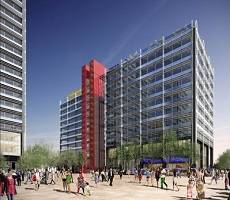

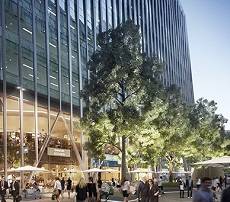


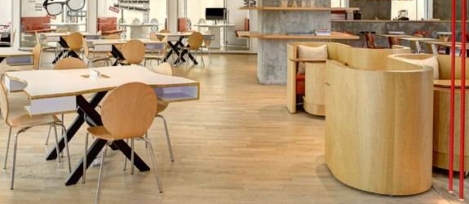
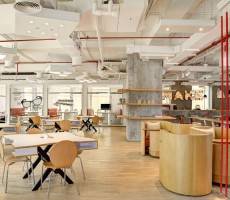


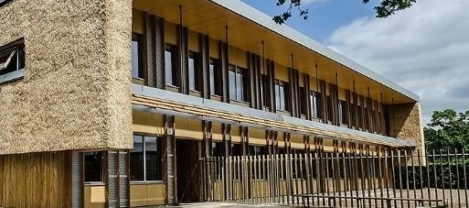

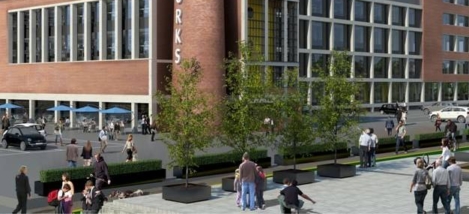
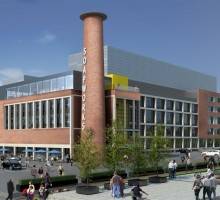




















July 9, 2015
Wind tunnels and Beyoncé’s backside added to tall buildings charge sheet
by Mark Eltringham • Architecture, Cities, Comment, Property
More →